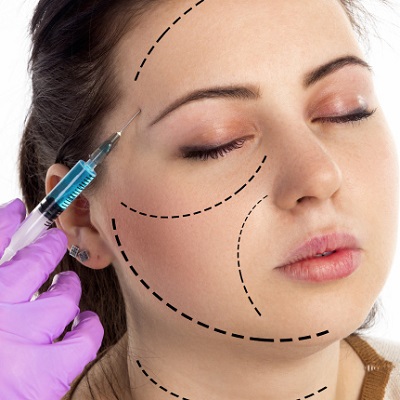Introduction
Botox injections have become a staple in cosmetic dermatology, promising to erase the telltale signs of aging and help people maintain a youthful appearance. While these treatments are widely celebrated for their effectiveness in smoothing wrinkles and fine lines, they also have a profound impact on facial expressions. This article delves into the subtleties of how Botox injections in Muscat affects facial expressions, exploring both the intended and unintended consequences of this popular cosmetic procedure.
What is Botox?
Botox, short for botulinum toxin, is a neurotoxic protein derived from the bacterium Clostridium botulinum. When injected in small, controlled amounts, Botox works by blocking the nerve signals to specific muscles, temporarily paralyzing them. This paralysis prevents the muscles from contracting, which in turn smooths out the overlying skin. The most common areas treated with Botox include the forehead, crow’s feet, and frown lines.
The Intended Effects on Facial Expressions
Smoothing Wrinkles
One of the primary goals of Botox is to reduce the appearance of dynamic wrinkles—those that form due to repeated muscle contractions, such as frowning or squinting. By paralyzing these muscles, Botox diminishes the depth of these wrinkles, giving the face a smoother, more youthful appearance.
Enhanced Aesthetic Appeal
Botox can also be used strategically to enhance certain facial features. For example, it can lift the eyebrows slightly or improve the symmetry of the face. These subtle adjustments can lead to a more balanced and aesthetically pleasing appearance, which many patients find desirable.
Unintended Consequences on Facial Expressions
Reduced Expressiveness
While Botox is effective at smoothing out wrinkles, it can also reduce the natural expressiveness of the face. The temporary paralysis of facial muscles means that individuals may find it challenging to convey emotions as they normally would. For instance, a person may struggle to fully frown or raise their eyebrows, leading to a more "frozen" or less animated appearance.
Masking of Genuine Emotions
The reduction in facial expressiveness can also affect how emotions are perceived by others. Since Botox limits the range of facial movements, it can sometimes lead to misunderstandings in social interactions. People may appear less engaged or less empathetic, even if they are genuinely feeling emotions like sadness or surprise.
The Balance Between Aesthetics and Function
Individual Variability
The impact of Botox on facial expressions can vary significantly from person to person. Factors such as the specific muscles targeted, the dosage used, and the individual’s natural facial anatomy all play a role in determining the outcome. Some people may experience minimal changes in their expressiveness, while others may notice more pronounced effects.
Adjusting the Treatment
To mitigate unintended consequences, it is crucial for individuals to work with a skilled practitioner who can tailor the Botox treatment to their needs. Adjusting the dosage and precise injection sites can help balance the desire for a smoother appearance with the need to maintain natural facial expressiveness.
Conclusion
Botox injections offer a valuable tool for those seeking to reduce the visible signs of aging and enhance their appearance. However, understanding the subtle impact these injections can have on facial expressions is essential for making informed decisions about their use. While Botox can achieve remarkable aesthetic improvements, it is important to consider how it may alter the natural ability to convey emotions and interact socially. By working with a knowledgeable practitioner and carefully weighing the potential effects on facial expressiveness, individuals can better navigate the balance between cosmetic enhancement and maintaining genuine emotional communication.





Comments